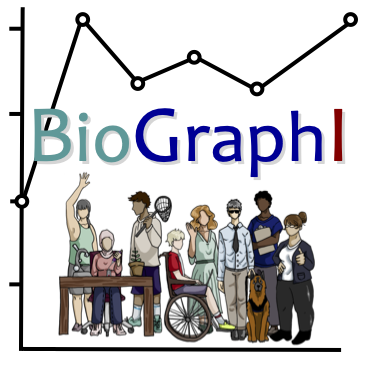When food gets scarce: how plant-pollinator interactions will shift under global change
Author(s): Emma Throneburg1, Connor Morozumi1
University of Louisville
123 total view(s), 51 download(s)
Summary:
In this lesson, students review plant-pollinator interactions and global change concepts. Next, students interpret graphs of pollinator visitation data to Scarlet Gilia. Then, students view and reflect on an interview with community ecologist Dr.…
Description
This lesson was designed for a 60 to 75-min class period with in-person delivery. Target student level is introductory biology for majors or population and community ecology. The materials here include an instructor guide (1_LessonGuide_When Food Gets Scarce), an in-class presentation (Google slides; 2_PresentationSlides_When Food Gets Scarce), and a link to the interview with Dr. Connor Morozumi, (BioGraphI Interview with Connor Morozumi)
Content Learning Objectives
- Explain how plant-pollinator interactions are affected by global change
- Define and explain mutualistic relationships between plants and pollinators
- Apply species composition concepts to species interactions
Quantitative Learning Objectives
- Interpret box plots related to visitor richness and abundance.
- Reflect on your perceptions about using graphs or figures in biology.
Diversity/Equity/Inclusion Learning Objectives
- Reflect on your perceptions of people who do biology.
- Compare your own interests and/or identities to those of people who do biology.
Cite this work
Researchers should cite this work as follows:
- Throneburg, E., Morozumi, C. (2024). When food gets scarce: how plant-pollinator interactions will shift under global change. BioGraphI FMN Fall 2023, QUBES Educational Resources. doi:10.25334/VANV-3R69
